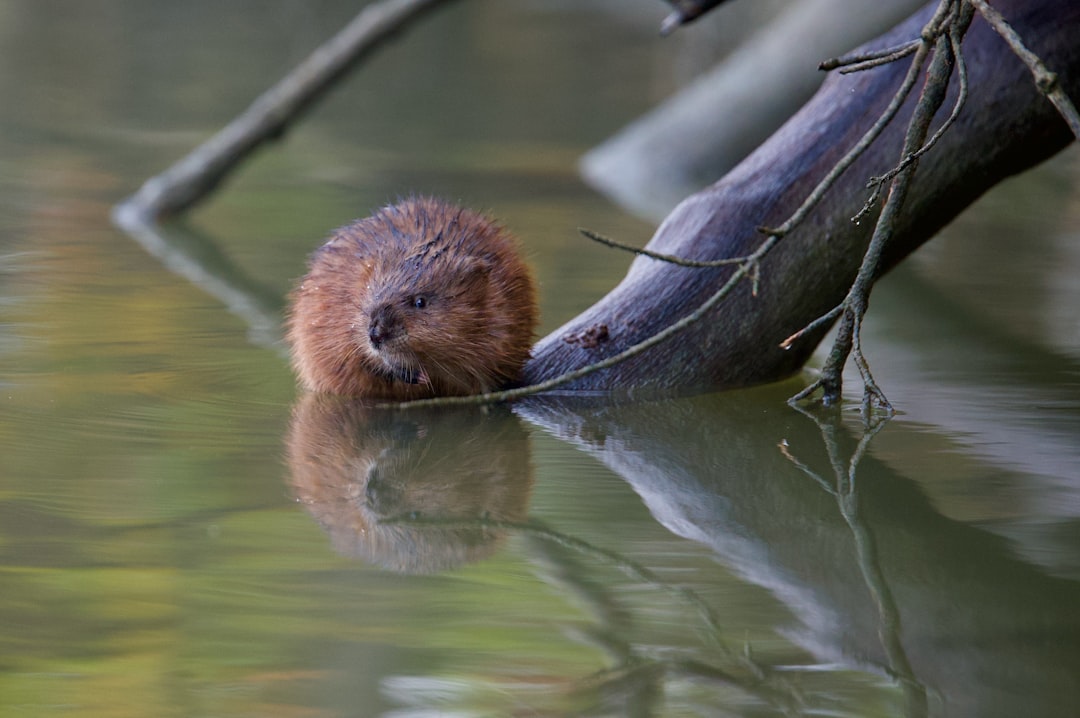What is it about?
Species suitability maps were produced for 21 recommended species for afforestation in the study area. Maritime pine management compartments were defined, and a 50-year harvesting plan was proposed. In each harvested compartment, protection areas were identified for species conversion (e.g., native oaks and/or broadleaves). Afforestation species were proposed according to the species suitability maps produced earlier.
Featured Image
Why is it important?
This study proved the usefulness of this methodological approach for guiding sustainable changes in homogeneous, unmanaged forest landscapes prone to fire. Further research is needed regarding integrated planning approaches that incorporate environmental, economic and social dimensions (e.g., human desertification of rural areas).
Read the Original
This page is a summary of: Integrated planning for landscape diversity enhancement, fire hazard mitigation and forest production regulation: A case study in central Portugal, Land Use Policy, February 2017, Elsevier,
DOI: 10.1016/j.landusepol.2016.11.035.
You can read the full text:
Contributors
The following have contributed to this page










